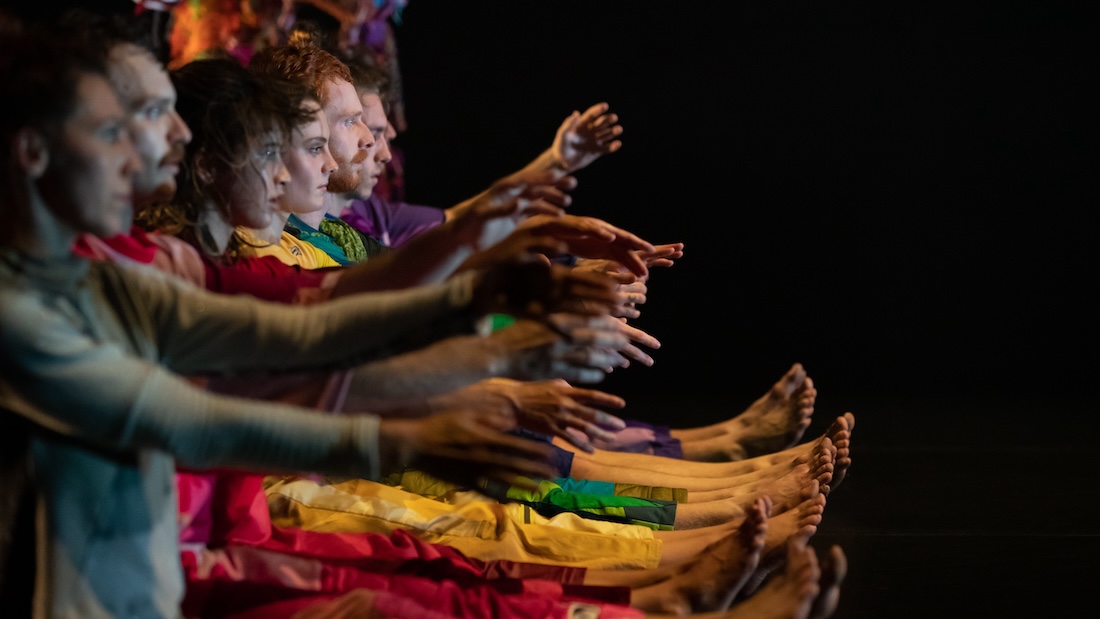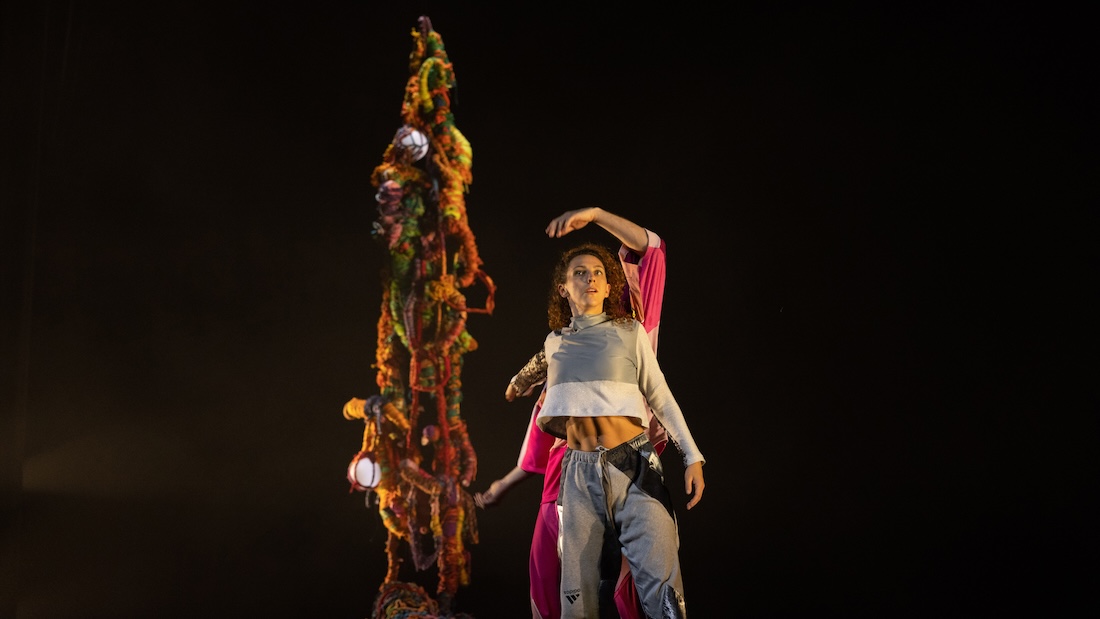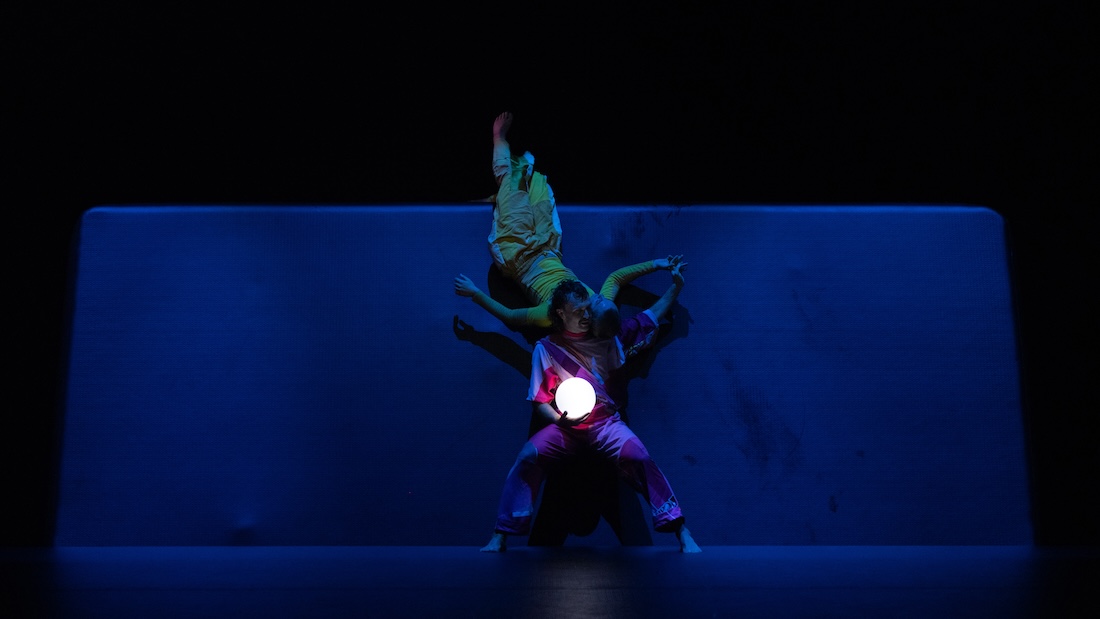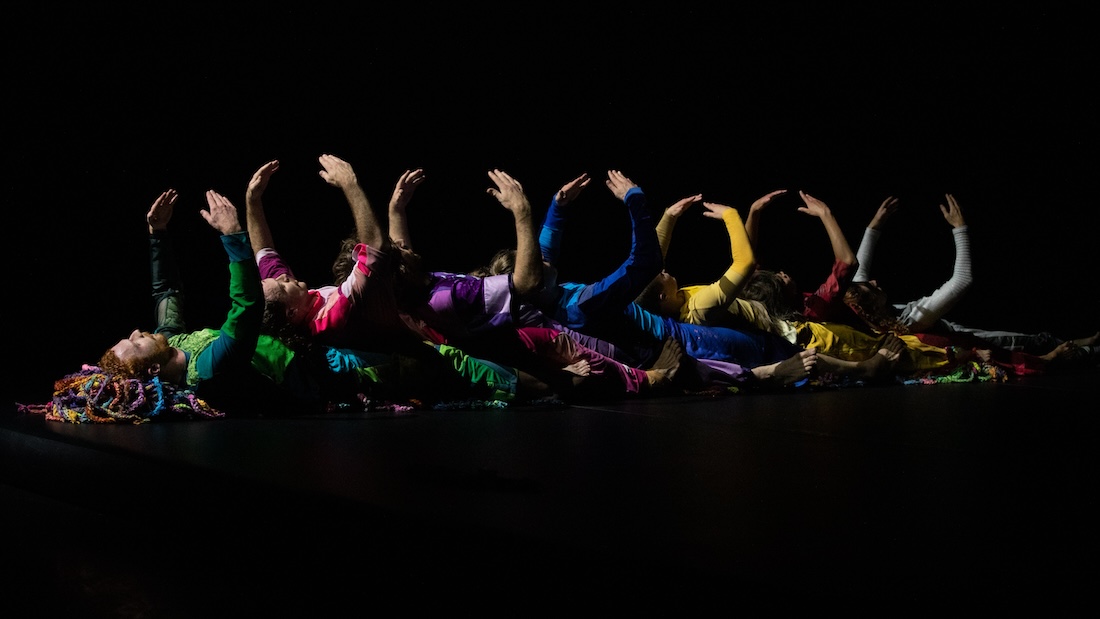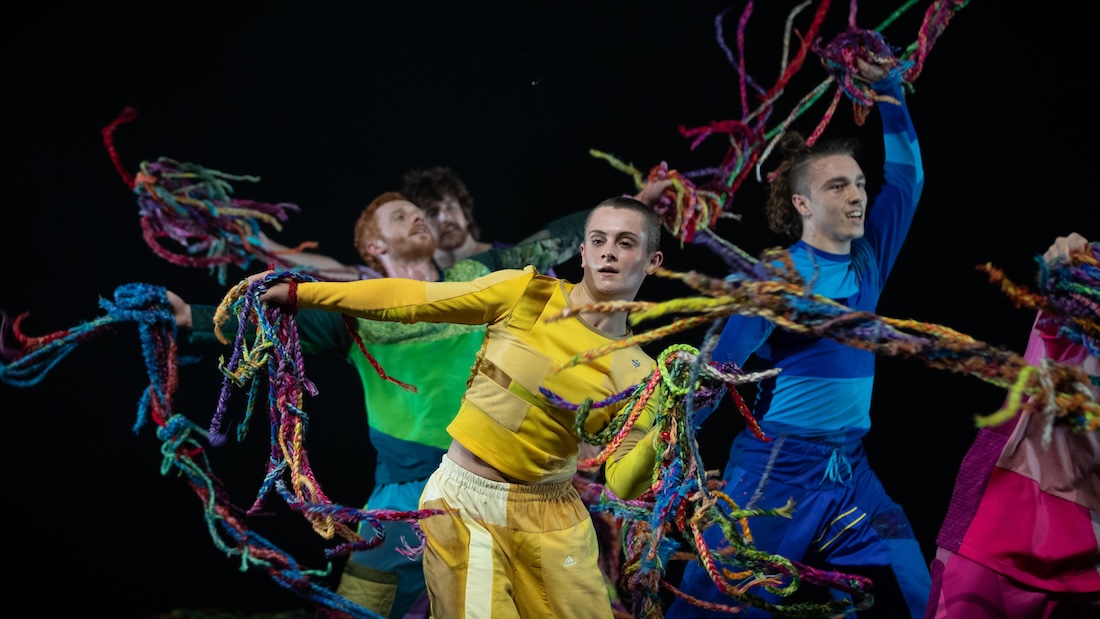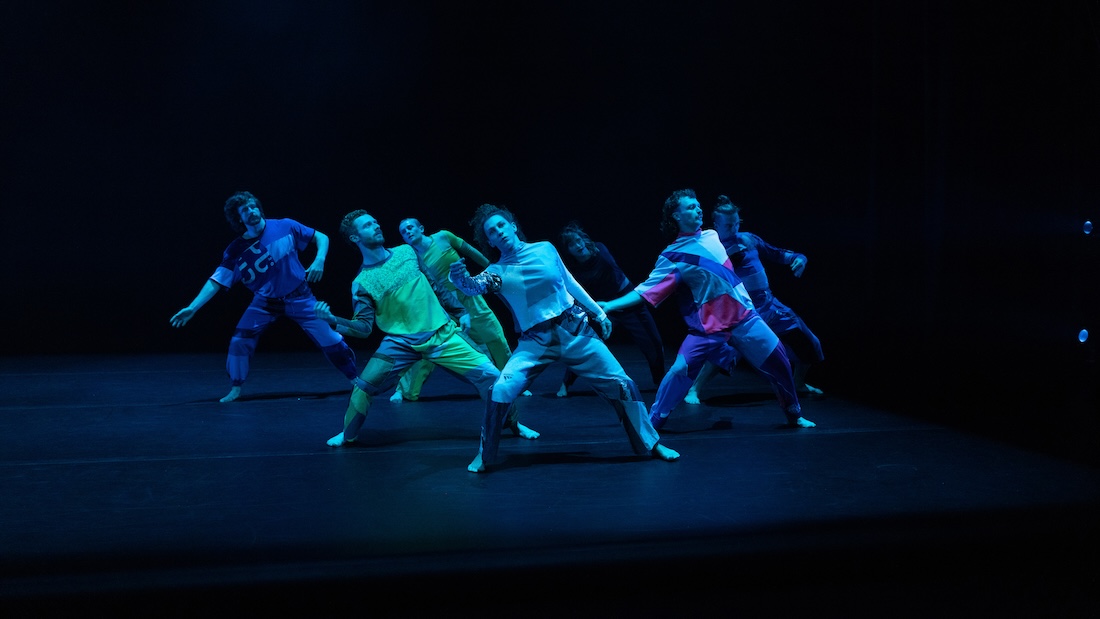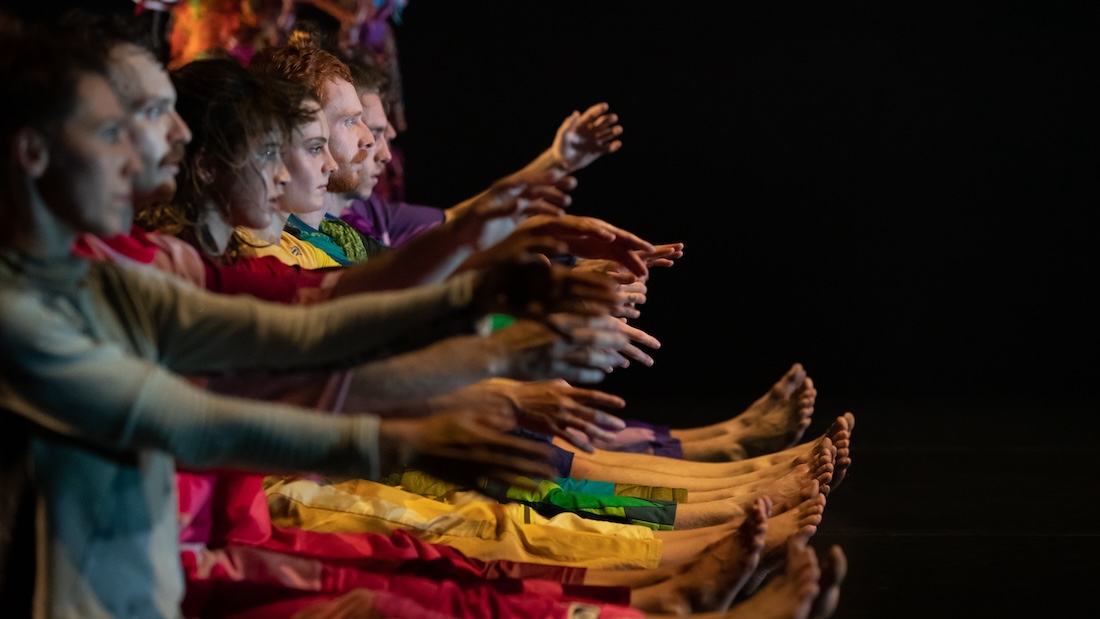
Review: Wayfinder at Heath Ledger Theatre
Wayfinder at Heath Ledger Theatre
Thursday, February 29, 2024
One of Australia’s leading contemporary dance companies, Dancenorth, has been producing compelling new work for the best part of forty years. Their shows have appeared in more than 45 venues around the world, many at major arts festivals. Not bad for a company based in far-north Queensland.
Founded by Ann Roberts in 1969 as the North Queensland Ballet Company, the organisation aimed to provide opportunities for those in the region drawn to classical ballet. In 1985, under the direction of Cheryl Stock, it became Dance North (later Dancenorth) and shifted its focus to contemporary dance.
Collaboration and community are at the heart of the company’s work. Its commitment to maintaining a strong regional presence is balanced with a mission to create work that informs the broad Australian appreciation of contemporary dance. Many dancers and choreographers, including Perth’s Co:3 Artistic Director Raewyn Hill, have cut their teeth with Dancenorth. Many great dancers and choreographers work there now—including the troupe that travelled to WA last week for their utterly spellbinding and other-worldly Perth Festival show, Wayfinder.
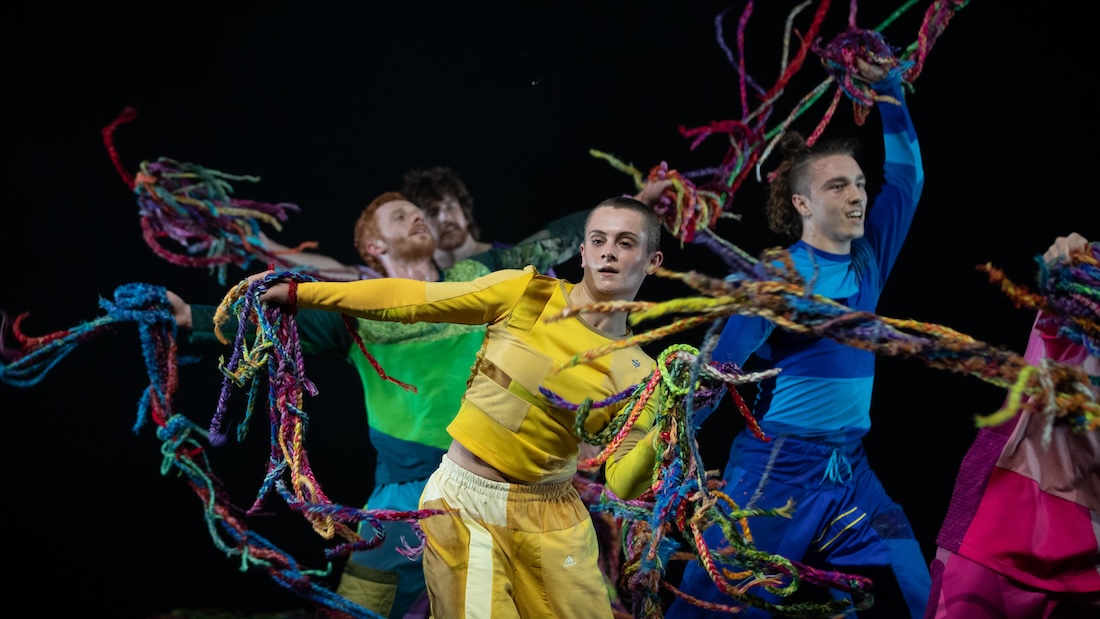
Wayfinder
Under the direction and choreography of Maber Haines and Kyle Page and set on a bespoke inflatable stage, Wayfinder drew movement, music, visual art, and lighting design into an integrated, organic whole. Although the focus inevitably fell on the fluid bodies of the nine extraordinary performers, the music of Grammy Award-winning Australian band Hiatus Kaiyote and composition by sound artist Byron J. Scullin, as well as the colourful sculpture, set, and costumes by Japanese-Australian visual artist Hiromi Tango and Niklas Pajanti’s extraordinary lighting, were all of equal significance.
Unlike traditional dramatic or physical theatre, where the primary aim of the music, lighting, set, and costumes is to enhance the story, or even traditional classical and contemporary dance, where the music and movement are on more equal terms, in Wayfinder all five elements worked at the same pitch on the same plane. This total integration of multiple artforms gave the work its extraordinary, other-worldly power.
It also meant that it was impossible in any one moment to pick which element came first. Did the giant padded wall that doubled as a colourfully patterned tabletop inspire the movement, or was it the score that suggested these ideas? Was it the short woollen streamer-like strands that fell onto the stage or the eerie strobe light cast on their descent? And what about the amazing integration of the colourful costumes (each performer in the ever-evolving ensemble had their own set of related hues) with the tight single-animal-like movement of bodies and limbs—the centipede that lay on its back and waved its legs skyward in a flowing cascade of colour or the shiva-like dance of too many impossibly connected arms? Did the slow-mo trigger the strobe, or did the strobe trigger the slow-mo?

Wayfinder
These are not merely chicken or egg questions but cut to the heart of the work’s overwhelming playfulness. You could imagine all of the performers and core creatives having a complete ball in the rehearsal room, throwing out ideas and exploring how they could weave as many as possible into one sequence. How else could they squeeze so much pure imagination and delight into a mere fifty-five minutes?
As you may expect, in this total visual-aural-sensual interplay, the work was at times ahead of the audience. Scullin’s composition evoked pleasure and possibility, but, in one of its quieter moments, the exquisite soundscape was disrupted by loud-talking people who mistook the palette-cleansing interlude for a mere scene change. This was a great shame, as it not only made it difficult to concentrate on the slowly-evolving colours of the light spheres scattered through the auditorium from which the subtle music emanated but also broke the broader spell the show had so carefully cast. Alas, such is often the fate of truly ground-breaking work.
But after the final sequence with the tabletop/wall, another extraordinary solo, and the return to those colourfully woven threads, everyone was again drawn completely in. Amazed and enthralled, they were transported to a fresh and colourful world far, far away from the Heath Ledger Theatre and the worries of ours.
IAN LILBURNE

